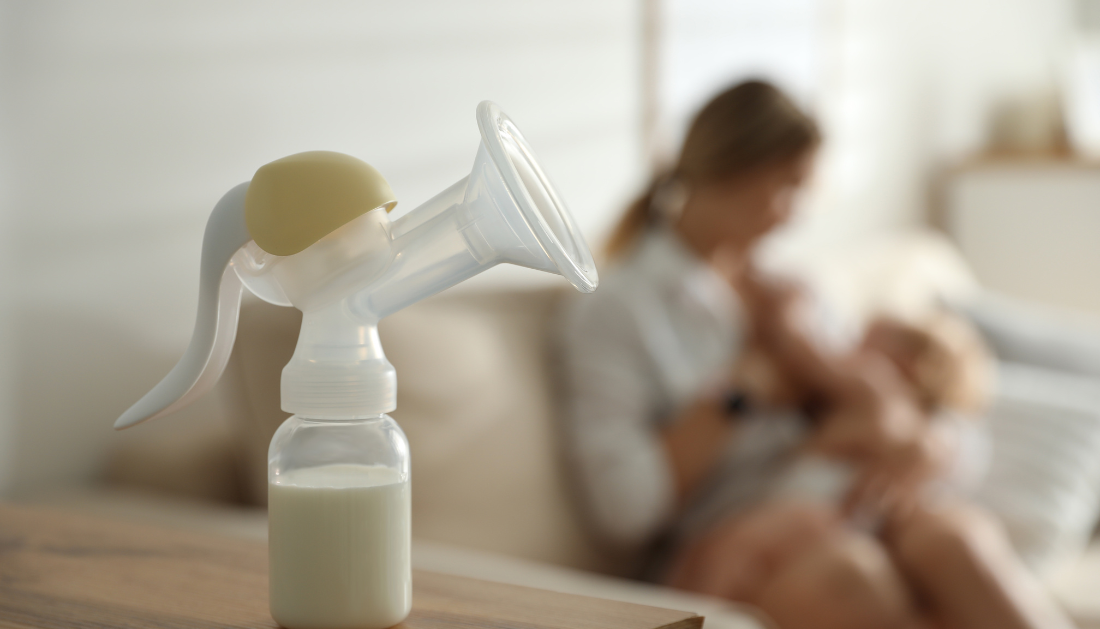

A team of researchers from the University of Toronto is using machine learning to enhance the macronutrient content of pooled donor breast milk formulas.
In a new publication published in the journal Manufacturing and Systems Operations Management, the researchers, lead by Timothy Chan, a professor in the department of mechanical and industrial engineering in the Faculty of Applied Science & Engineering, present their data-driven optimization approach.
Chan and his colleagues collaborated with Mount Sinai Hospital’s Rogers Hixon Ontario Human Milk Bank, which provides donor breast milk to preterm and sick babies in hospitals across Ontario, as well as Deborah O’Connor, a professor in the Temerty Faculty of Medicine’s department of nutritional sciences. Breast milk is known to reduce cerebral palsy in infants. Researchers identified a fatty molecule in breast milk that triggers a process in which stem cells in the brain generate cells that build new white matter, mending the damage.
“Many hospitalized infants do not have a full supply of mother’s milk for a variety of reasons.” “In this case, human donor milk can be lifesaving, especially because it helps to protect preterm infants from necrotizing enterocolitis, a potentially fatal bowel disease,” says Sharon Unger, a neonatologist and the medical director of the Rogers Hixon Ontario Human Milk Bank, as well as a professor in the department of nutritional sciences at Temerty Medicine.
“The new program developed by Dr. Chan helps to ensure that each batch of human donor breast milk meets the protein and calorie needs of preterm infants.”
Many milk banks, like Mount Sinai’s, currently rely on individual decisions when pooling donor breast milk. Producing a consistent donor milk product that provides adequate macronutrients for preterm and unwell babies in neonatal intensive care units is a big problem.
“It takes a lot of time to create these recipes without a defined method,” says Chan, who also serves as U of T’s associate vice-president and vice-provost for strategic initiatives.
“While there are studies that show that milk that comes from donors who are early in their postpartum period tends to be more protein-rich, our approach provides a good prediction of the actual macronutrient content that will allow milk bank employees to make better pooling decisions.”
Given that milk banks are sometimes non-profit organizations with limited resources, a low-cost alternative to acquiring a consistent, nutrient-balanced product could be beneficial to the entire industry.
While human milk analyzers can be used to assess the exact macronutrient content of each milk sample at a milk bank, they are expensive and require significant regulatory approval, thus only half of all milk banks in North America use them. Furthermore, assessing each donation is an expensive, labor- and resource-intensive endeavor.
“Our data-driven framework eliminates the need for a device to analyze donor milk by using an artificial intelligence model to predict the macronutrient content of each donation,” says Rachel Wong, a lead researcher in the study who received her master’s degree from U of T Engineering last year.
“In addition, by using an optimization model to choose which donations to pool together, we can increase the consistency of macronutrient content in the donor milk product.”
A one-year implementation experiment at the Rogers Hixon milk bank was part of the multi-phase study to see if AI-informed models could assist fill the gap.
Researchers collected the necessary data to create a machine learning model to predict the macronutrient content of the pooled recipes in the first phase, and then designed an optimization model to create the recipes based on macronutrient requirements – that is, the required levels of protein and fat.
The researchers then developed a simulation model to test the procedure before embarking on a 16-month experiment in the milk bank in 2021 and 2022.
“Since our study was performed in the milk bank during regular operating hours, rather than in a controlled environment, there were a number of unexpected challenges that we had to adapt to,” Wong said.
“During the COVID-19 pandemic, the volume of donations fluctuated based on provincial restrictions, with an unprecedented increase in the number and volume of donations during the lockdown periods.”
“We also needed to adapt the AI decisions that had already been proposed to ensure that we abided with the milk bank’s operating protocols.”
The last phase of the study began with a six-month observation of the milk bank’s operation and measurements of fat, protein, and microbial levels in the pooled recipes.
The milk bank employed the data-driven optimization methodology to build the pooled milk recipes over the next six months. The researchers compared the optimized recipes to the prior ones at the end of the year to determine which recipes fulfilled the macronutrient targets.
“We found that our pooled recipes met the bar for protein and fat simultaneously up to 75 per cent more often, without compromising other factors like an increase in bacteria,” said Chan. “And it took us 60 per cent less time to make the recipes.”
The team’s customized recipes also assist premature and unwell newborns, who have weak digestive systems, making it more important to ensure that the milk they consume isn’t overly heavy in protein or fat.
Chan’s group is currently expanding their research to examine other nutrients in human donor milk to determine whether their models can improve them. The study received the 2023 Pierskalla Best Paper Award from the Institute for Operations Research and the Management Sciences (INFORMS) as well as Sinai Health’s Excellence in Quality and Safety award.
“Our ultimate goal is to show that our tool is applicable to other milk banks,” Chan said. “We would like to design a system that can plug into hospital systems to optimize recipes in a way that is sustainable for milk bank staff.”
Wong expresses gratitude to everyone who helped make the project a reality.
We couldn’t have done this without all of the mothers who donate to the milk bank and the staff who work incredibly hard to provide donor milk to infants across Ontario and beyond,” she said.
“I hope that this research will provide a framework to help milk banks across North America improve the consistency of macronutrient content in donor milk.” The ultimate goal would be to demonstrate enhanced growth and developmental outcomes for the infants who receive this donor milk.”
more recommended stories
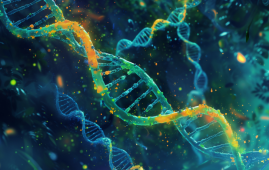 Phage Therapy Study Reveals RNA-Based Infection Control
Phage Therapy Study Reveals RNA-Based Infection ControlKey Takeaways (Quick Summary) Researchers uncovered.
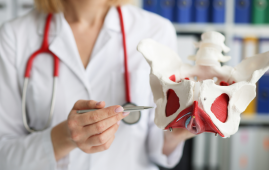 Pelvic Floor Disorders: Treatable Yet Often Ignored
Pelvic Floor Disorders: Treatable Yet Often IgnoredKey Takeaways (Quick Summary) Pelvic floor.
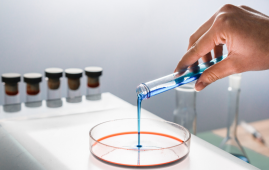 Urine-Based microRNA Aging Clock Predicts Biological Age
Urine-Based microRNA Aging Clock Predicts Biological AgeKey Takeaways (Quick Summary) Researchers developed.
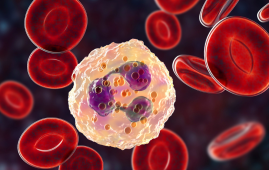 Circadian Control of Neutrophils in Myocardial Infarction
Circadian Control of Neutrophils in Myocardial InfarctionKey Takeaways for HCPs Neutrophil activity.
 E-Cigarette Use and Heart Attack Risk in Former Smokers
E-Cigarette Use and Heart Attack Risk in Former SmokersKey Takeaways for Clinicians and Nurses.
 36-Week Pre-eclampsia Screening May Reduce Term Risk
36-Week Pre-eclampsia Screening May Reduce Term RiskA New Preventive Strategy for Term.
 Cardiovascular Risk and Sudden Cardiac Death in Diabetes
Cardiovascular Risk and Sudden Cardiac Death in DiabetesRising Sudden Cardiac Death (SCD) Risk.
 Poor Kidney Function and Alzheimer’s Biomarkers Explained
Poor Kidney Function and Alzheimer’s Biomarkers ExplainedPoor kidney function may influence levels.
 Walking Speed Before Hip Replacement Predicts Recovery
Walking Speed Before Hip Replacement Predicts RecoveryNew Evidence Points to a Simple,.
 Neuroblastoma Drug Combo Extends Survival in Models
Neuroblastoma Drug Combo Extends Survival in ModelsA Promising Shift in High-Risk Neuroblastoma.

Leave a Comment